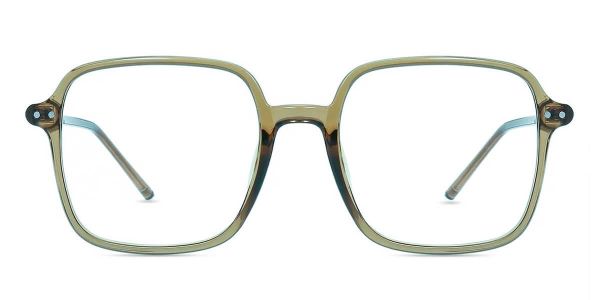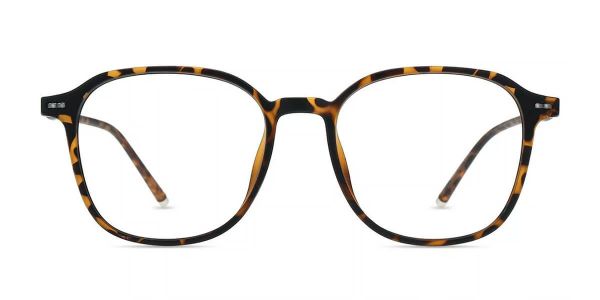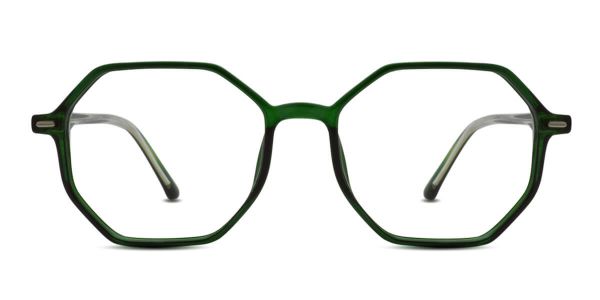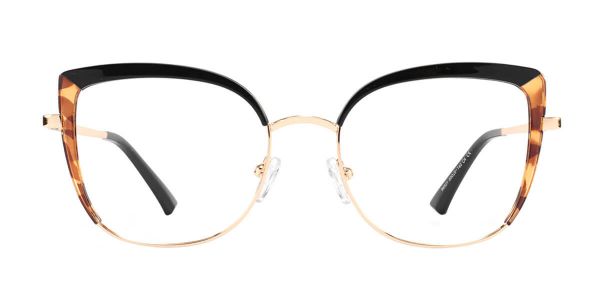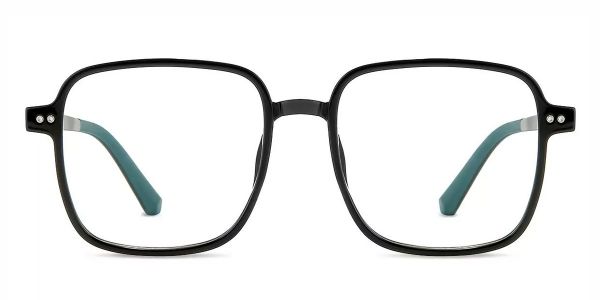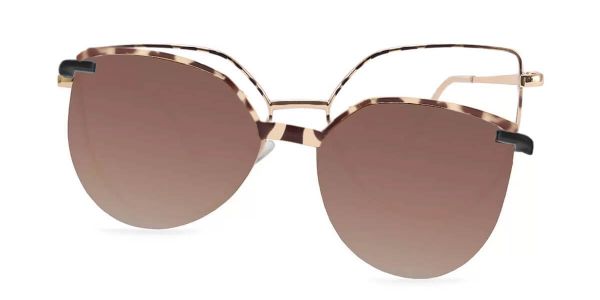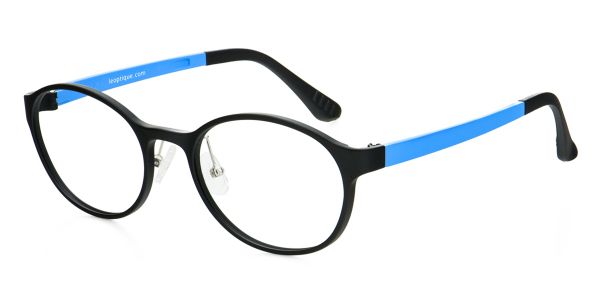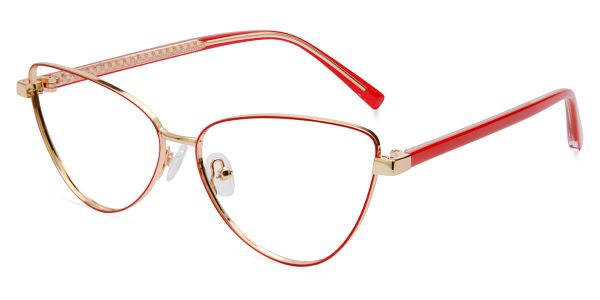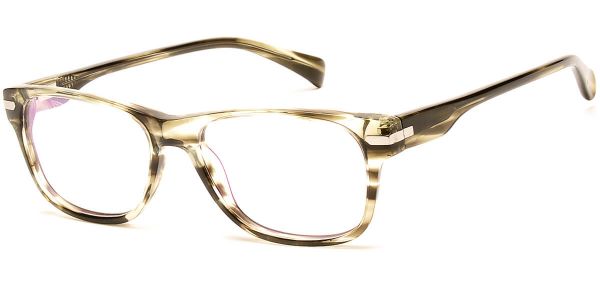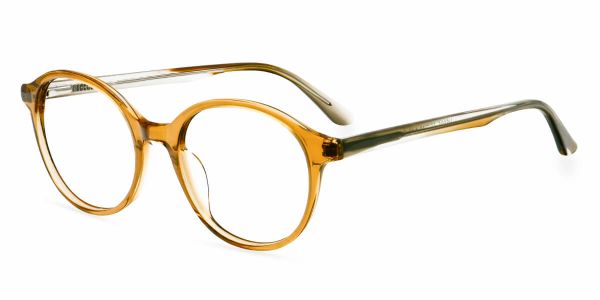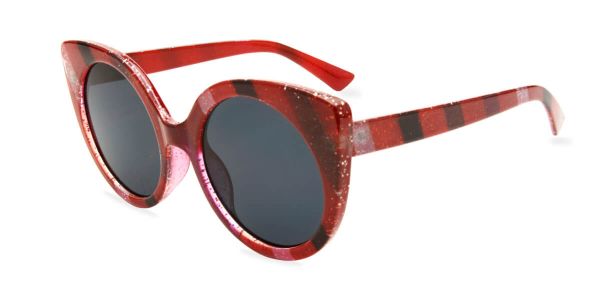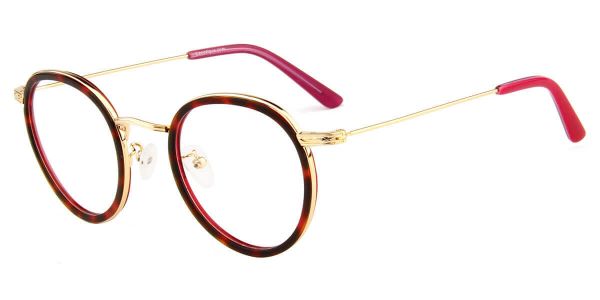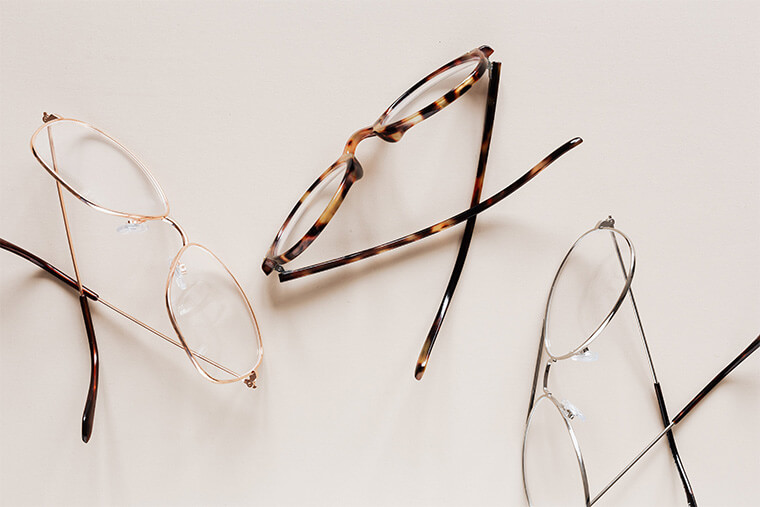
When selecting a pair of eyeglasses, the frame material plays a crucial role in determining not only the durability and comfort but also the overall style of the eyewear. With a wide array of frame materials available, it's essential to understand their characteristics and benefits. In this article, we will explore the most common frame materials used in eyeglasses and help you make an informed decision when choosing your next pair.
-
Acetate:
Acetate frames are a popular choice for eyewear due to their versatility and aesthetic appeal. Made from a lightweight and durable plastic, acetate frames offer a vast range of colors, patterns, and textures. They are hypoallergenic, comfortable to wear, and can be easily adjusted for a personalized fit. Acetate frames are known for their vibrant colors, allowing wearers to express their style while enjoying the benefits of a reliable material. -
Metal:
Metal frames, including stainless steel, titanium, aluminum, and nickel silver, are renowned for their strength, durability, and sleek appearance. Stainless steel frames are affordable and resistant to corrosion, making them a practical choice. Titanium frames, on the other hand, are lightweight, hypoallergenic, and highly durable. Aluminum frames are lightweight and often preferred for their sporty or minimalist designs. Nickel silver frames offer a classic look and are resistant to tarnishing, adding a touch of elegance to any style. -
TR-90:
TR-90, also known as Grilamid, is a thermoplastic material that is gaining popularity in the eyewear industry, especially for sports and active eyewear. TR-90 frames are incredibly lightweight, flexible, and resistant to impact. They provide excellent durability and can withstand the rigors of an active lifestyle. Additionally, TR-90 frames are often designed with ergonomic features for enhanced comfort during prolonged wear. -
Injection Molded Plastic:
Injection molded plastic frames are created by injecting molten plastic into a mold, resulting in frames that offer both precision and durability. These frames are lightweight, making them comfortable to wear, and they can be produced in various shapes and styles. Injection molded plastic frames are often a budget-friendly option without compromising on quality or style. -
Wood:
For those seeking a unique and eco-friendly option, wood frames present an intriguing choice. Crafted from various types of wood, such as bamboo, walnut, or zebrawood, these frames showcase natural beauty and distinctive grain patterns. Wood frames are lightweight, comfortable, and offer a warmth and elegance that sets them apart. They are often treated to enhance durability and longevity. -
Combination Frames:
Combination frames blend different materials to create a stylish and modern look. For example, frames might feature metal rims with plastic temple arms, or vice versa. Combination frames offer the benefits of multiple materials, combining the durability of metal with the versatility of plastic. This fusion allows for unique designs and a wide range of style options.
Selecting the right frame material for your eyeglasses is a personal choice that depends on factors such as comfort, durability, style, and budget. Acetate, metal, TR-90, injection molded plastic, wood, and combination frames all offer distinct advantages to cater to different preferences and needs. By understanding the characteristics and benefits of each material, you can make an informed decision and find eyeglasses that not only enhance your vision but also reflect your personal style. Remember to consider factors such as comfort, durability, and style when choosing your next pair of eyeglass frames.

